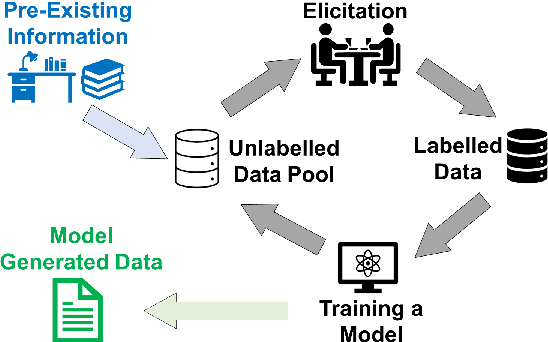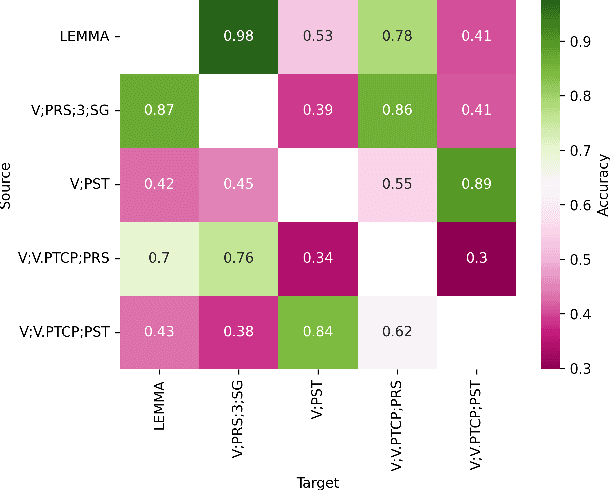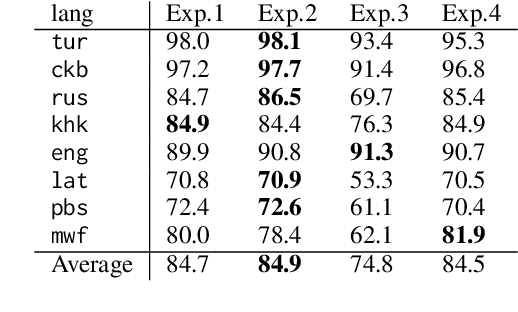Can a Neural Model Guide Fieldwork? A Case Study on Morphological Inflection
Paper and Code
Sep 22, 2024



Linguistic fieldwork is an important component in language documentation and preservation. However, it is a long, exhaustive, and time-consuming process. This paper presents a novel model that guides a linguist during the fieldwork and accounts for the dynamics of linguist-speaker interactions. We introduce a novel framework that evaluates the efficiency of various sampling strategies for obtaining morphological data and assesses the effectiveness of state-of-the-art neural models in generalising morphological structures. Our experiments highlight two key strategies for improving the efficiency: (1) increasing the diversity of annotated data by uniform sampling among the cells of the paradigm tables, and (2) using model confidence as a guide to enhance positive interaction by providing reliable predictions during annotation.
 Add to Chrome
Add to Chrome Add to Firefox
Add to Firefox Add to Edge
Add to Edge